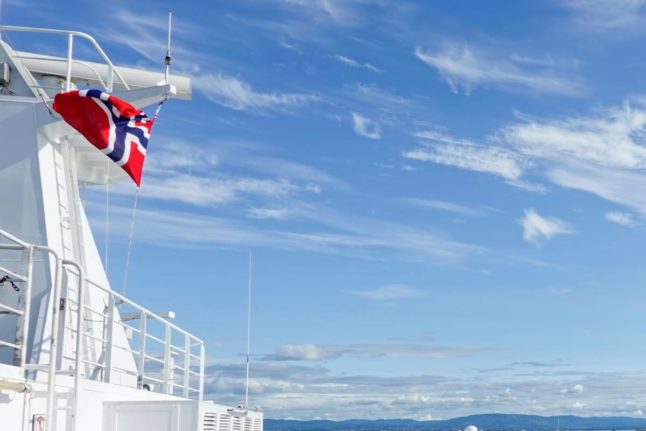The government agreed earlier this week on a budget with The Socialist Left Party. Barring unforeseen developments, this means the budget will have enough votes to pass through parliament later this week.
The full details and finer points of the budget agreed with the Socialist Left Party haven’t been fully revealed, and it’s unclear how much, if anything, has changed since the government unveiled its original budget last month. What we do know so far is detailed below.
What’s becoming cheaper
The government has consistently touted this budget as one for the people, stating its main aims are that those with the least get a fairer deal and those with the most pick up more slack.
Cuts of around 50 percent to electricity tax between January and March, the months when bills are at their highest, are applied in the budget.
READ ALSO: This is how much electricity in Norway will cost this winter
There will also be lower taxes for those who earn between 250,000 to 700,000 kroner per year and a tax credit of up to 5,170 kroner for those aged between 17 and 29 who earn less than 535,000 kroner per year.
Union membership will become cheaper through the doubling of tax deductibles for members to 7,700 kroner.
Childcare will also get cheaper next year. Firstly, the maximum price for a kindergarten place will be reduced. The maximum a kindergarten will be able to charge for a spot will be reduced from 3,315 kroner per month to 3,050 kroner.
Furthermore, as part of the negotiations with the Socialist Left Party, it’s been agreed that all first-grade children will have access to a half-day place at an after school activity. In addition, planned cuts to financial support for children’s glasses and cuts in child allowances have been reversed.
Dental work will become less costly for young people, with 21-and-22-year-olds receiving a yet to be confirmed discount on dentistry.
Ferries should also become cheaper, and the government said when it unveiled its initial budget last month that 1 billion kroner would be set aside for bringing fares down.
What’s becoming more expensive?
Norway’s bracket tax, an incremental tax paid based on your earnings and paid alongside the flat rate, will be raised for higher earners. In general, income tax will become higher for those who earn more than 643,800 kroner a year and the entry points for steps three and four for the incremental tax will be lowered. In addition, a fifth step for the highest earners, who make more than 2 million kroner, will be introduced.
The cost of fuel will go up considerably due to hiked taxes on petrol and diesel. Petrol tax is set to rise to 1.60 kroner per litre, and diesel tax will increase to 1.87 kroner per litre.
The wealth tax will also go up. The overall rate will rise to just under 1 percent of individual net worth. Property will also be taxed more under the wealth tax, and a new step for those with the largest fortunes will be introduced, as a result of the negotiations between the government and the Socialist Left Party.
Air travel will become slightly more expensive, too, as an air passenger tax will be reintroduced and will cost anywhere between 80 and 214 kroner, depending on the destination.
What else do I need to know?
Public transport will receive around 500 million kroner. This reverses an earlier position in which extra money for trains, buses and trams wasn’t planned despite warnings up and down the country that routes would be cut.
Additionally, people laid-off because of the Covid-19 pandemic in 2021 will receive holiday pay next year, continuing a policy from 2020.
Next year’s budget promises to be greener. A 28 percent bump to the CO2 tax for the oil industry has been announced, while Norway will not grant new oil exploration licenses in new or little-explored areas.
READ MORE: Norway rules out 2022 oil licences in unexplored areas



 Please whitelist us to continue reading.
Please whitelist us to continue reading.
Member comments